What kind of coffee beans are heirloom? Landrace Coffee, Ethiopia
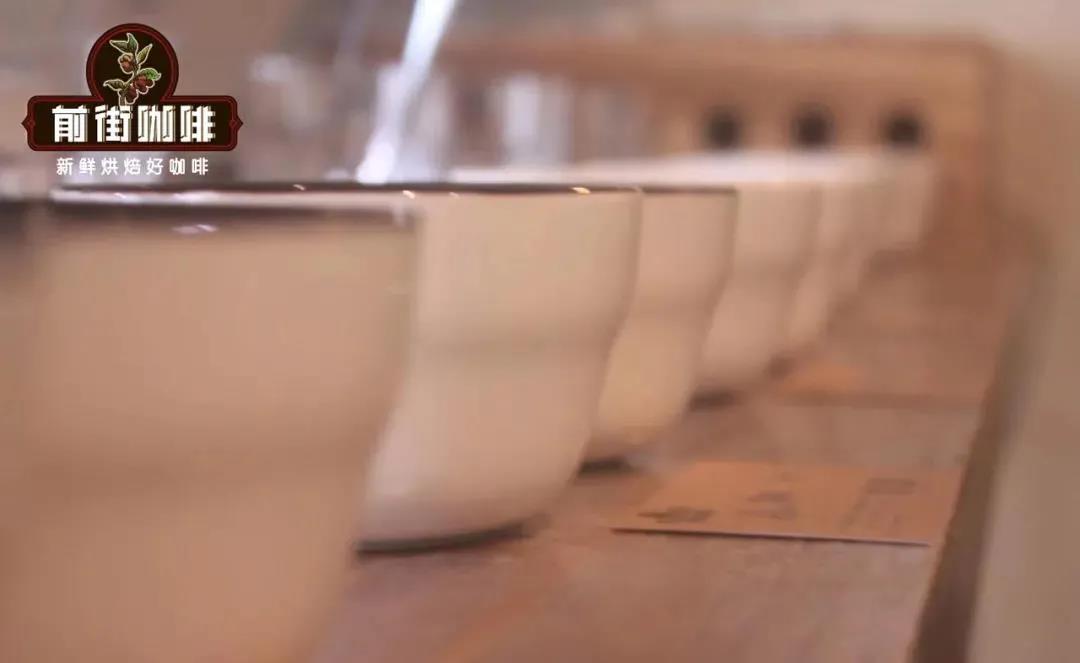
Professional coffee knowledge exchange more coffee bean information please follow the coffee workshop (Wechat official account cafe_style)
When you tasted Ethiopian coffee, you couldn't help but look at the origin information of Ethiopian coffee beans because of the pleasant flavors such as citrus and flowers, and in the variety column, you would see the words "Heirloom". What kind of coffee is this? Today, Qianjie Coffee will talk about Ethiopian coffee varieties. What does "Heirloom" mean? According to the Oxford English Dictionary, the word "Heirloom" is defined as "the precious property of generations", meaning "family heirloom". Similarly, in the field of coffee, the term is widely used to refer to old varieties of Arabica coffee plants that have existed for some time. Usually translated into Chinese, the word "native species" is used to represent it.
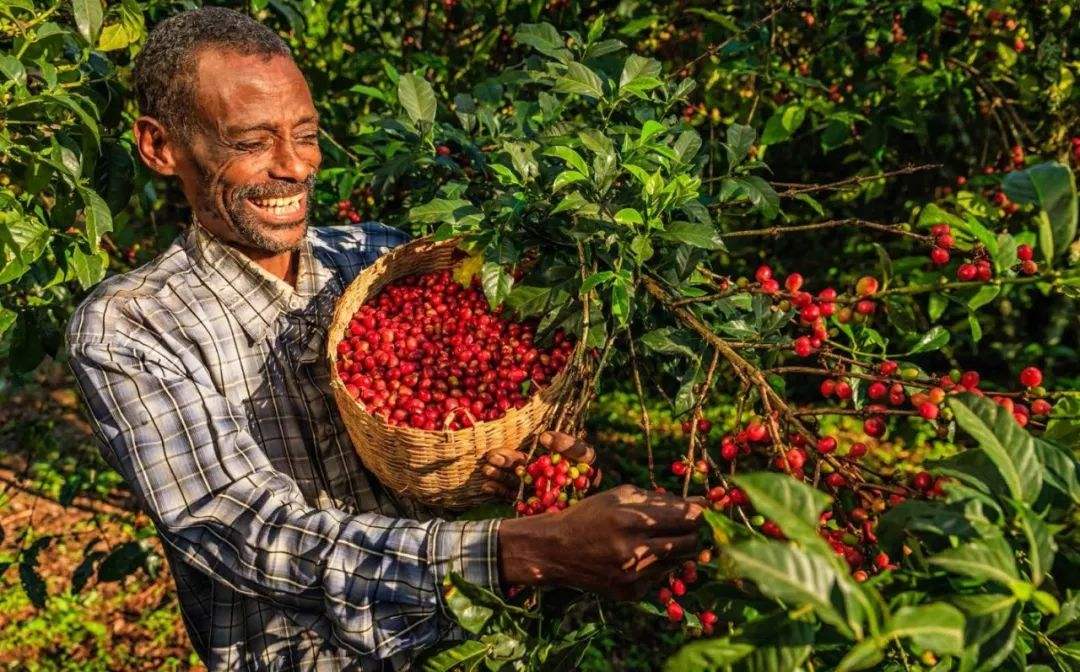
However, in Ethiopia in particular, the term "native species" is often used to refer to the country's native species, many of which are still found in the wild. It is estimated that there are about 10000 to 15000 family heirloom varieties in Ethiopia today, most of which have not yet been formally identified. Although many family heirlooms began to live on wild plants, they were later taken to various specialty coffee farms across the country, where they were planted, harvested and processed.
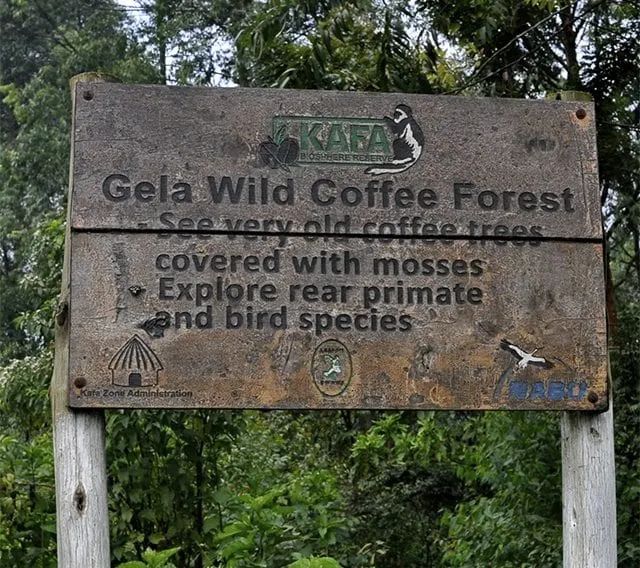
The term Ethiopian native species (Heirloom heirloom) describes an ancient variety of plants grown for food. Some people say that a variety must be more than 100 years old to be listed as a family heirloom, and some take 50 years. Then family heirloom plants were classified, starting before 1945, around the time of the introduction of hybrid varieties, or in 1951, when hybrids became more popular. Local native varieties are usually divided into two categories: JARC varieties and local varieties. JARC varieties are developed and studied by Jima Agricultural Research Center (with ideal characteristics, such as higher resistance to disease or higher yield). However, regional local varieties are coffee trees that grow entirely in the wild. In Ethiopia, there is also a "semi-forest system" in which "large forest areas are (usually) owned by private groups".
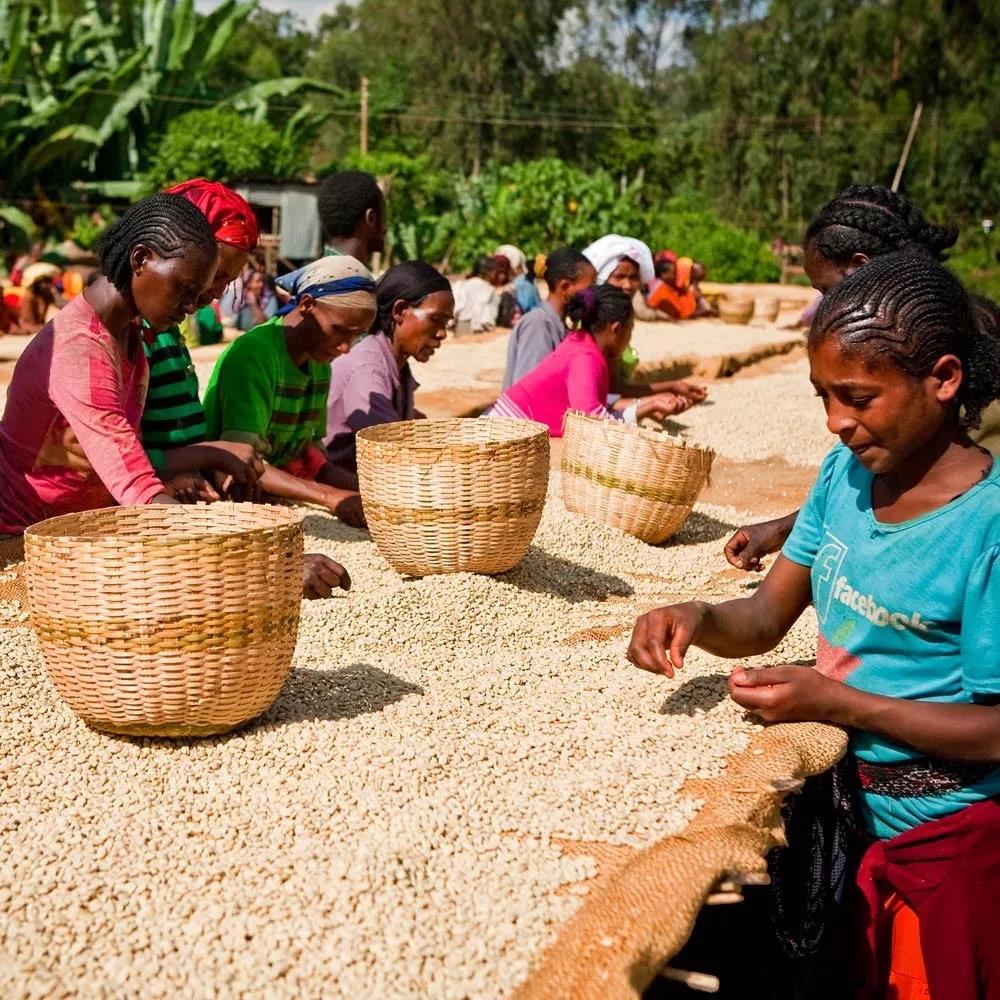
One of the biggest problems with local native species is that most of them are wild, making it difficult for farmers to identify and separate varieties in the wild, while on farms, pickers and producers can better separate each variety. Among thousands of different family heirlooms in Ethiopia (whether identified or not), there are many different characteristics, including yield, cup quality, flavor and disease resistance.
Therefore, when you see a huge difference in the size and appearance of Ethiopian coffee beans, it does not mean that the quality of Ethiopian coffee beans is low. It means that there are actually many different varieties of coffee beans, and it is very normal for them to vary in size. And the flavor of Essex beans will change more every year than other producing countries. The most obvious is Sakui coffee beans. Sakui in 2017 is famous for its strawberry flavor, and even if it comes out in the same place, the strawberry flavor of Sakui coffee beans becomes weaker and weaker until Sakui 5.0 in 2021. Its flavor characteristics are far from those of Sakui in 2017.

The Ethiopian authorities also know this, and it is not a long-term solution to "fool" the past with the name "Heirloom" all the year round, but it is also not realistic to separate coffee varieties from the coffee forest. As a result, coffee beans exported by Ethiopia are gradually replaced by the word "Landrace".
Landrace means local varieties, which refer to those plants that have historical origin, unique characteristics, genetic diversity, can adapt to local conditions, and cooperate well with farmers' field management. For example, Yejia Xuefei, which is also indistinguishable, is accustomed to the unique flavor formed by the geographical environment here. Locals are also used to using the word "Kurume" to refer to the coffee varieties in this area. Similarly, there are local varieties such as Dega and Walisho of Sidamo.
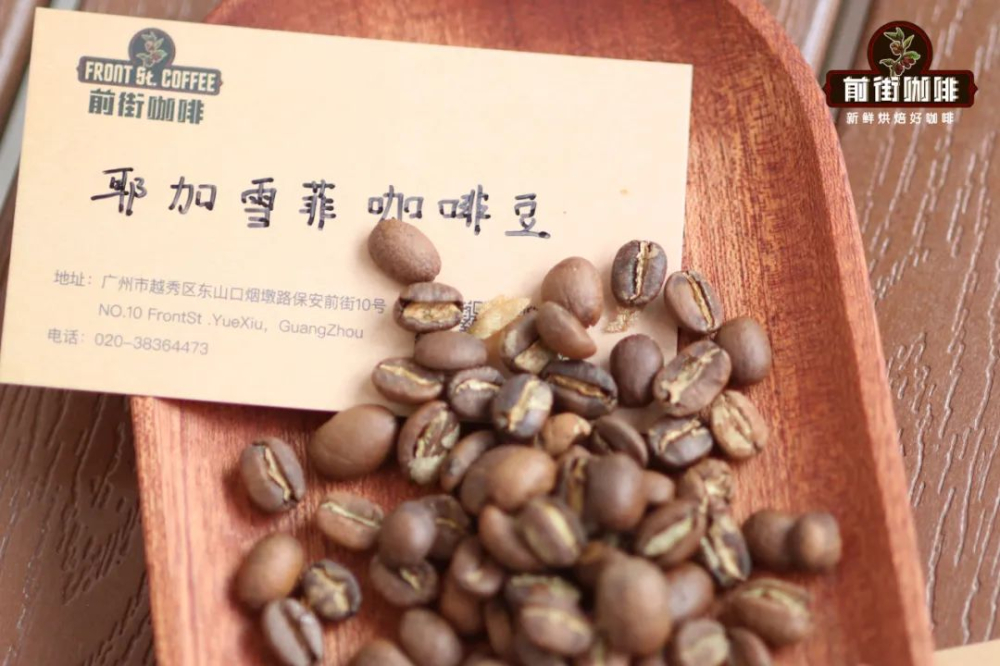
Of course, Essex Coffee, in addition to these varieties named regionally, will also screen and study coffee varieties. For example, 74110, 74112, 74158 often appear in raw bean competitions in the past two years. These "digital" varieties are actually selected by the Jimma Agricultural Research Center, also known as JARC varieties. The first two digits of these five numbers represent the year in which samples were collected for classification and selection, and the last three are the coffee numbers selected by classification. For example, 74110 is the variety number 110selected in 1974.
As a result, in the future, Heirloom will appear less and less in the variety section of Essel coffee beans, replaced by Landrace and those coffee varieties that have been explicitly named.
For more boutique coffee beans, please add private Qianjie coffee on Wechat. WeChat account: kaixinguoguo0925
Important Notice :
前街咖啡 FrontStreet Coffee has moved to new addredd:
FrontStreet Coffee Address: 315,Donghua East Road,GuangZhou
Tel:020 38364473
- Prev
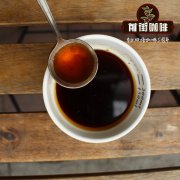
What are the coffee producing areas in Mexico? What's the flavor of Mexican coffee?
For more information on coffee beans, Coffee Workshop (Wechat official account cafe_style) Mexico is located at the northern tip of Central America, bordered by the United States to the north, the Pacific Ocean to the south and west, the Caribbean Sea to the southeast, Belize and Guatemala, and the Gulf of Mexico to the east. It is the fourth largest coffee producer in the world and a big producer of organic coffee.
- Next
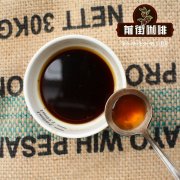
The meaning of Kilimanjaro Coffee the Story of Kilimanjaro Coffee
For more information on coffee beans, please follow the coffee workshop (Wechat official account cafe_style) Mount Kilimanjaro (Swahili: Kilimanjaro, pronounced: / klmnd brilliant ro /, meaning "brilliant mountain") located in Kilimanjaro District in northeastern Tanzania, near the Kenyan border, is the highest mountain in Africa, often referred to as the "roof of Africa",
Related
- Detailed explanation of Jadeite planting Land in Panamanian Jadeite Manor introduction to the grading system of Jadeite competitive bidding, Red bid, Green bid and Rose Summer
- Story of Coffee planting in Brenka region of Costa Rica Stonehenge Manor anaerobic heavy honey treatment of flavor mouth
- What's on the barrel of Blue Mountain Coffee beans?
- Can American coffee also pull flowers? How to use hot American style to pull out a good-looking pattern?
- Can you make a cold extract with coffee beans? What is the right proportion for cold-extracted coffee formula?
- Indonesian PWN Gold Mandrine Coffee Origin Features Flavor How to Chong? Mandolin coffee is American.
- A brief introduction to the flavor characteristics of Brazilian yellow bourbon coffee beans
- What is the effect of different water quality on the flavor of cold-extracted coffee? What kind of water is best for brewing coffee?
- Why do you think of Rose Summer whenever you mention Panamanian coffee?
- Introduction to the characteristics of authentic blue mountain coffee bean producing areas? What is the CIB Coffee Authority in Jamaica?

